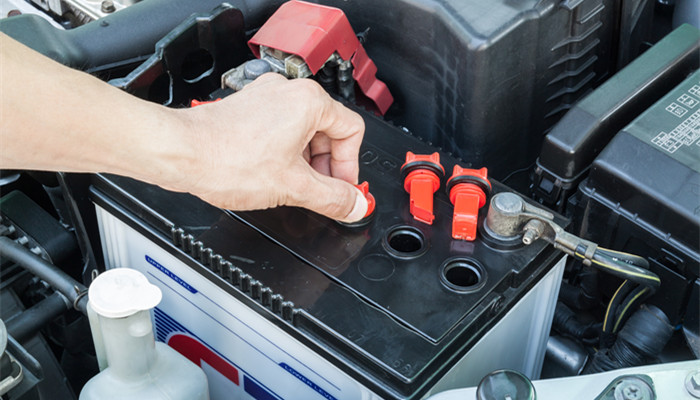
The global metal-air battery market is growing rapidly and technology research needs to continue to be in-depth.
Metal-air batteries are batteries that use metals with relatively negative electrode potential, such as zinc, aluminum, magnesium, lithium, iron, mercury, etc., as the negative electrode, and oxygen or pure oxygen in the air as the positive electrode. Metal-air batteries have the advantages of high specific energy, high current density, and good performance stability. In addition, metal-air batteries using common metals such as zinc and aluminum as negative electrodes also have the characteristics of low price and wide source of materials.
According to whether they can be recycled, metal-air batteries can be divided into two categories: disposable batteries and secondary use batteries. Divided by the type of negative metal material, metal-air batteries can be divided into zinc-air batteries, aluminum-air batteries, lithium-air batteries, magnesium-air batteries and other types. Among them, zinc-air batteries have been studied the most and have been commercialized in some fields. At present, zinc-air batteries are mainly used in electronic products such as watches, hearing aids, and navigation systems. As technology continues to advance, the demand for zinc-air batteries in the new energy vehicle field is expected to continue to grow.
Globally, some countries in Western Europe, the United States, Japan, China, etc. have manufactured recyclable metal-air batteries. For example, Japan’s Sanyo has manufactured large-capacity, high-voltage, secondary-use zinc-air batteries, which have been used in new energy vehicles; California, the United States, has carried out application trials of aluminum-air batteries in new energy vehicles; China’s AVIC Changli has developed The zinc-air battery can be used in electric buses and has been put into use during the 2008 Beijing Olympics.
According to the“In-depth Analysis of the Metal-Air Battery Industry from 2022 to 2027 and the “14th Five-Year Plan” Development Plan Guidance Report It shows that the global metal-air battery market size is expected to grow at an average annual compound growth rate of 13.9% from 2020 to 2025; preliminary estimates indicate that in 2021, the global metal-air battery market size will be approximately US$510 million. From this point of view, the metal-air battery market has strong development momentum.
Metal-air batteries generally use alkaline solutions as electrolytes, such as sodium hydroxide, potassium hydroxide, etc. Metals with lower electrode potentials such as lithium and sodium can react with water, and use non-aqueous electrolytes as negative electrodes, such as tetrahydrofuran. Lithium fluoroborate, etc. From this point of view, the electrolyte of metal-air batteries is basically a corrosive solvent, and the battery is susceptible to corrosion, resulting in shortened battery life. In addition, metal-air batteries have a high self-discharge rate and their long-term energy storage performance is poor, especially in humid environments. At present, there are still technical bottlenecks in metal-air batteries, and there is still much room for improvement in the future.
Industry analysts said that despite technical bottlenecks, because metal-air batteries use oxygen in the air as the positive electrode, negative electrode materials can be used There are many types of metals, raw materials are easily available, and the specific capacity is large. In the context of “carbon neutrality”, its technology and application research are still attracting attention. In the “Nano Frontier” key project of my country’s “14th Five-Year Plan” national key research and development plan, it is proposed to develop nanodevices related to high-performance metal-air batteries, which will help promote the continued in-depth research on metal-air battery technology in my country.

 微信扫一扫打赏
微信扫一扫打赏

